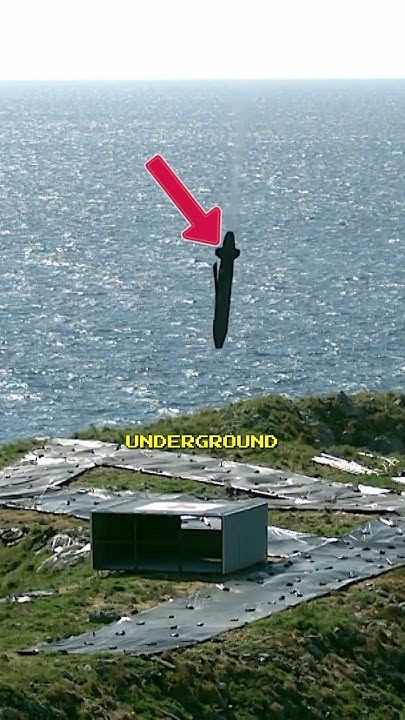
In the early hours of a cool desert morning, U.S. special operations forces closed in on one of the most elusive figures in the region—Rashid al-Mansour, a high-ranking insurgent leader responsible for orchestrating several deadly attacks across the Middle East. For years, Rashid had evaded capture, using an intricate network of tunnels, safe houses, and loyal informants to stay one step ahead. But a combination of intelligence breakthroughs, advanced surveillance, and patient strategy finally led U.S. forces to his underground bunker.
The operation began months earlier with intercepted communications between Rashid’s lieutenants. Analysts at the National Security Agency detected unusual encrypted traffic near the border between Syria and Iraq. What seemed routine at first became significant when cross-referenced with satellite images showing increased vehicle movement to a remote compound. The CIA’s regional desk in Erbil quickly passed the lead to Joint Special Operations Command (JSOC), who began building a detailed picture of Rashid’s possible whereabouts.
Human intelligence played a crucial role. A local informant, motivated by a mix of money and revenge, revealed that Rashid was operating from a subterranean bunker built beneath an abandoned date farm. The bunker was said to have multiple entry points and an escape tunnel leading to the nearby hills. Still, without physical confirmation, it remained a risky guess. To verify the tip, the U.S. deployed reconnaissance drones equipped with thermal imaging. Over several nights, analysts noticed faint heat signatures suggesting underground activity—consistent with the presence of generators and human life.
Once intelligence was verified, the mission planning began. Delta Force operators were chosen for the raid, supported by Army Rangers and Air Force assets. The plan was to approach under the cover of darkness, insert silently via Black Hawk helicopters, and breach before Rashid could escape. The team rehearsed repeatedly using a full-scale mockup of the suspected bunker layout. Meanwhile, satellite surveillance and electronic monitoring continued to ensure Rashid was still inside.
On the night of the operation, two MH-60 Black Hawks lifted off from a forward base under radio silence. As they neared the target, drones provided real-time video feed to a command center hundreds of miles away. The helicopters hovered low to avoid radar detection, and the assault team fast-roped down less than a mile from the compound. Moving swiftly through the rocky terrain, they reached the entrance in minutes. Using explosive charges, they breached the reinforced steel door.
Inside, the team encountered immediate resistance. Rashid’s guards opened fire, triggering a brief but intense firefight in the narrow tunnels. The Americans used flashbangs and night vision to disorient the defenders, pushing deeper until they reached a sealed room where Rashid was hiding. Within minutes, it was over. Rashid was captured alive, though injured, and airlifted out for interrogation.
The success of the operation was the result of months of coordination across multiple agencies—intelligence, military, and local allies. It showed how technology and human sources, when combined with disciplined execution, can reach even the most well-protected targets. For the U.S., reaching Rashid’s bunker was not just a tactical win—it was a message that no network, however hidden, could remain beyond reach.


